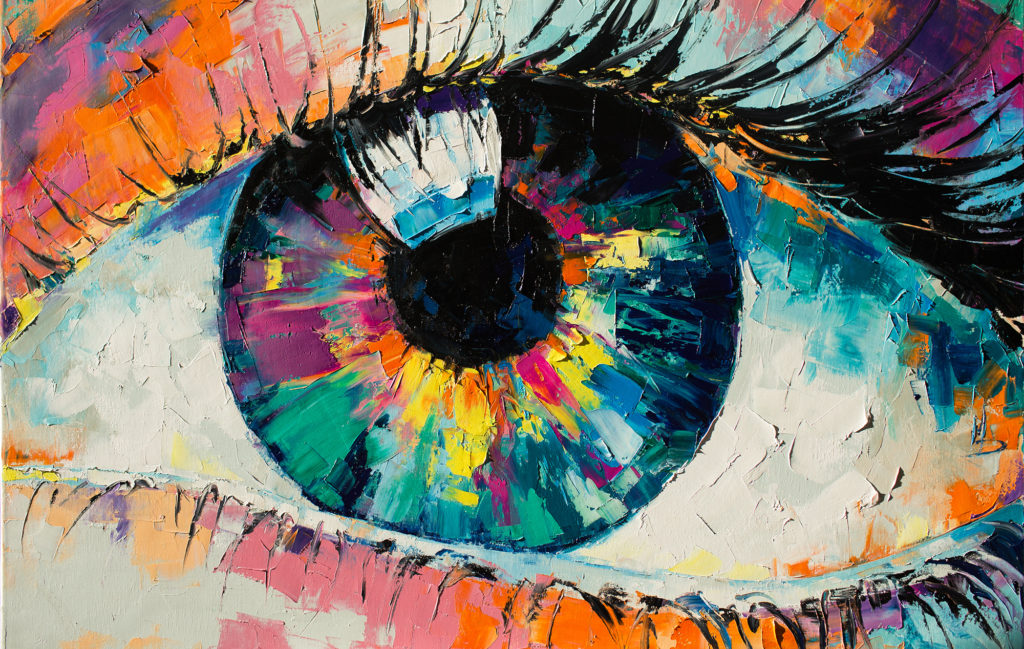Looking Into the Diverse World of Artistic Expression: From Surrealism to Abstract Realistic Look
In the world of artistic expression, from the dreamlike landscapes of surrealism to the elaborate play of light and kind in abstract realistic look, artists have constantly pressed the boundaries of imagination and creative imagination. As we discover the multifaceted world of art, we are offered with a tapestry of designs, techniques, and approaches that test our understanding and provoke consideration.
Surrealism: Letting Loose the Subconscious
Surrealism, an avant-garde artistic motion of the 20th century, looked into the midsts of the subconscious, introducing a globe of dream-like images and non-traditional associations. Pioneered by musicians like Salvador Dali, René Magritte, and Joan Miró, Surrealism looked for to challenge the traditional means of seeing and comprehending art. Via techniques such as automatism and desire evaluation, Surrealist musicians intended to take advantage of the unconscious mind to reveal concealed facts and wishes.
One of the crucial elements of Surrealism was the emphasis on the unreasonable and the uncanny. By integrating unanticipated components in their jobs, Surrealist artists aimed to produce a sense of disorientation and shock in the customer. This interruption of reasoning and factor was suggested to prompt a deeper expedition of the subconscious and the enigmas of the human subconscious.
Abstract Realistic Look: Redefining Assumption
Testing conventional artistic boundaries, Abstract Realistic look redefines assumption with the combination of identifiable elements with abstract kinds. This ingenious method to art combines the representational precision of realistic look with the creative liberty of abstraction, offering customers an unique aesthetic experience that motivates them to question their assumption of fact.
In Abstract Realism, artists make every effort to catch the essence of their topics while likewise infusing their deal with a feeling of depth and intricacy with abstract components. By blending the accustomed to the unknown, these artists welcome audiences to engage with their items on multiple degrees, encouraging them to check out the nuances of shade, type, and appearance.

Cubism: Fragmenting Truth
Making use of geometric forms and fragmented viewpoints, Cubism transformed the imaginative depiction of reality in the early 20th century. Created by Pablo Picasso and Georges Braque, Cubism sought to challenge typical notions of point of view and depiction. By damaging down items and numbers into geometric shapes and providing them from numerous viewpoints at the same time, Cubist musicians intended to capture the essence of the subject rather than its actual look. This approach not only deconstructed truth however additionally emphasized the flatness of the canvas, paving the method for future abstract art activities.

Cubism can be categorized into two primary phases: Analytical Cubism, defined by monochromatic color pattern and complex, fragmented types; and Synthetic Cubism, which integrated collection aspects and brighter shades right into the structures. Through these distinct phases, Cubism influenced not only paint yet additionally design, layout, and sculpture. trump art. Its impact reverberated throughout the art world, motivating musicians to explore brand-new means of analyzing and representing the globe around them
Expressionism: Feelings on Canvas
Checking out the depths of human emotions via brilliant and expressive brushstrokes, Expressionism became a profound imaginative movement more helpful hints in the very early 20th century. Unlike previous art motions that concentrated on portraying the exterior world, Expressionism dove right into the interior realm of the musician's mind, aiming to stimulate raw feelings and provoke natural reactions from viewers.
Expressionist artists, such as Edvard Munch, Egon Schiele, and Emil Nolde, rejected standard notions of appeal and realistic look for misshaping form and shade to convey subjective sensations. Making use of exaggerated brushwork, vibrant colors, and distorted numbers assisted create a feeling of unease, alienation, or enthusiasm in their jobs.
One of the most renowned examples of Expressionism is Munch's "The Scream," which catches the extreme anxiety and anguish of modern-day life through its swirling, distorted number against a blood-red skies. Via their mentally billed jobs, Expressionist musicians sought to challenge standard artistic norms and supply a home window into the rough midsts of the human heart.
Contemporary Art: Evolving Perspectives

Among the specifying characteristics of contemporary art is its consistent advancement and ability to adjust to changing other social landscapes. Musicians are increasingly integrating innovation into their method, obscuring the lines between the physical and electronic realms. This combination of tools permits for innovative ways of storytelling and engaging with audiences in a much more interactive fashion.
Furthermore, modern art often acts as a system for social discourse, resolving pushing problems such as identification, national politics, and the setting. Musicians are using their work to provoke and spark vital conversations idea, dropping light on the complexities of the globe we reside in. As point of views continue to develop, contemporary art stays a dynamic and influential force in forming our cultural landscape.
Conclusion
To conclude, the globe of imaginative expression incorporates a wide variety of activities and designs, each with its own distinct he has a good point approach to sharing definition and emotion. From surrealism's exploration of the subconscious to abstract realistic look's redefining of understanding, and from cubism's fragmentation of truth to expressionism's portrayal of feelings, art continues to evolve and test point of views - trump art. Contemporary art reflects the ever-changing globe we reside in, providing brand-new methods to interpret and recognize the intricacies of our reality
As we discover the diverse world of art, we are offered with a tapestry of styles, strategies, and ideologies that challenge our understanding and prompt reflection. Its effect reverberated across the art globe, motivating artists to explore brand-new methods of interpreting and standing for the world around them.

Comments on “The Role of Trump Art in Shaping Cultural Conversations Around Leadership”